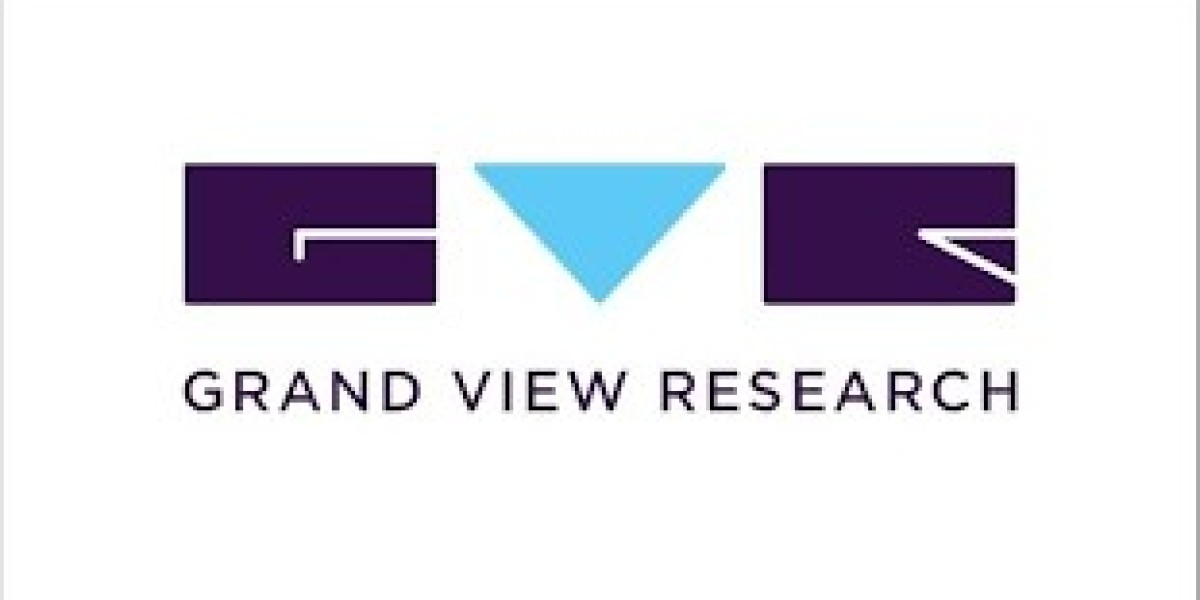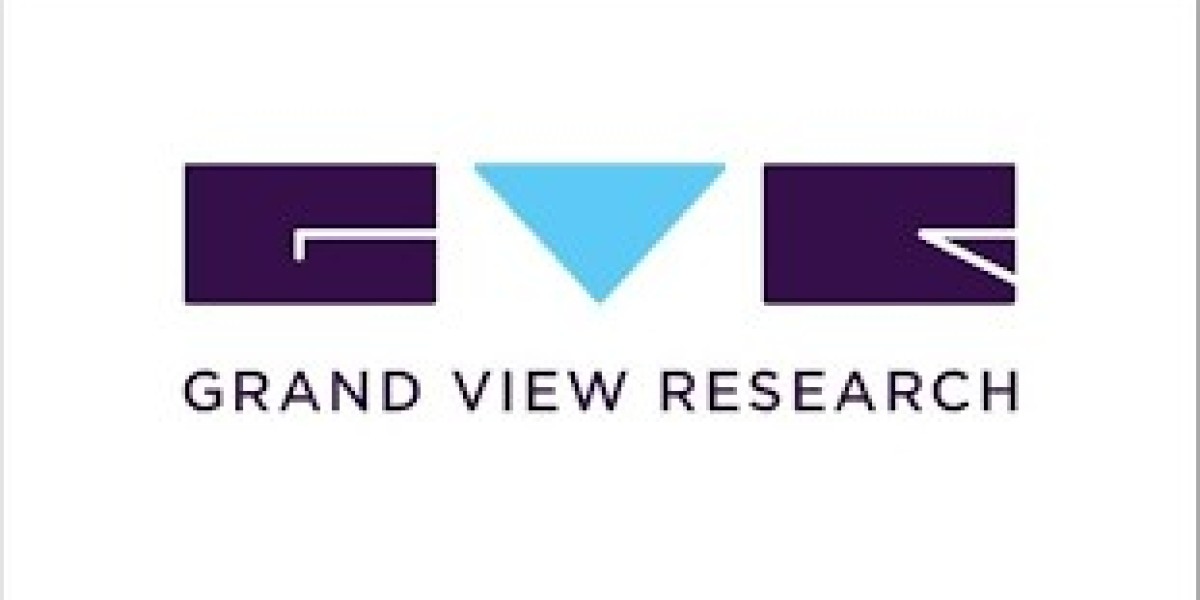The global yoga mat market size was valued at USD 13.67 billion in 2023 and is projected to grow at a CAGR of 3.6% from 2024 to 2030. Primary factors driving market growth are an increase in obesity rates and the increase in consumers’ awareness of their health. The increase in consciousness about health as well as the kind of diseases that are associated with poor lifestyle have shifted people to practice yoga. Moreover, as people are becoming conscious about their health they are bent on buying items that can help support their exercise regimens such as yoga mats hence increasing market growth.
The yoga mat market has experienced significant growth globally, driven by the increasing popularity of yoga as a means of improving physical and mental well-being. Increasing demand for yoga has led to a surge in the consumption for yoga mats, with the proliferation of yoga centers, gyms, and wellness centers. This demand has also spawned the emergence of online fitness-based channels and programs, providing specialized spaces for yoga practice and further fueling the growth of the market.
The shift towards a holistic approach to fitness, encompassing both physical and mental aspects, has also contributed to the growth of the yoga mat market. Manufacturers have responded by innovating and developing high-quality yoga mats that offer comfort, support, and satisfaction to users. As a result, there is a growing demand for premium yoga mats that cater to the evolving needs of health-conscious consumers.
The digitalization of yoga has also transformed the market dynamics, with online yoga platforms and social networks playing a crucial role in driving demand. The ability to practice yoga from the comfort of one’s own home has led to a shift in consumer preferences towards high-quality yoga mats. Online platforms have created connections between yoga communities, influencing purchasing decisions and contributing to global participation in the practice. This has resulted in a thriving market for yoga mats, with manufacturers and retailers adapting to meet the evolving needs of consumers.
Detailed Segmentation:
Material Insights
PVC material dominated the segment with a revenue share of 38.9% in 2023. This dominance can be attributed to PVC’s cost-effectiveness, with lower production costs compared to other materials. This cost advantage has made PVC mats a popular choice among consumers and manufacturers alike.
End Use Insights
The household end use segment has a significant market share in the yoga mat market. The increased use of yoga in various fitness and well-being activities to deal with overall health, exercise, and even stress has made yoga practices to become more representative of people’s day-to-day lives. It has created the need for yoga mats considered important for a firm and steady ground for the practice
Distribution Channel Insights
Specialty stores led the market in 2023 with a revenue share of 46.4%. Specialty stores catering to yoga enthusiasts offer a diverse range of yoga mats, driven by their focus on meeting specific customer needs. With knowledgeable employees familiar with yoga-related products, they provide personalized advice to help customers select the ideal mat for their practice.
Regional Insights
North America yoga mat market dominated the global yoga mat market with a revenue share of 41.8% in 2023. This dominance can be attributed to the culture, the density of fitness enthusiasts, economic development, innovative offers in the market, and the advanced distribution channel in the region.
Key Yoga Mat Company Insights
Some of the key companies in the yoga mat market include Ecoyoga Ltd; Yaazh Naturals (Yaazh India); eupromed.com; and lululemon athletica; among others. Key players are implementing strategic growth strategies, including mergers and acquisitions, as well as partnerships with major companies, to drive expansion and market share gains in the yoga mat industry.
- EcoYoga Ltd is a company that produces sustainable yoga mats. The company is devoted to offering environmentally friendly and ethically produced yoga mats to the worldwide marketplace. The company-specific promoting factor lies in its dedication to the use of 100% natural inside the manufacturing of its mats.
- lululemon athletica Is a famous athletic clothing enterprise that specializes in yoga and exercise wear. The company has won significant recognition for its incredible merchandise that isn’t only functional but also fashionable, pioneering the athleisure trend - comfortable clothing suitable for both exercise and casual wear.
Key Yoga Mat Companies:
The following are the leading companies in the yoga mat market. These companies collectively hold the largest market share and dictate industry trends.
- Ecoyoga Ltd
- Yaazh Naturals (Yaazh India)
- eupromed.com.
- lululemon athletica
- Manduka EU
- JadeYoga
- ADIDAS AG
- Aurorae, LLC.
- Hugger Mugger
- prAna
Recent Developments
- In May 2024, lululemon athletica announced plans to enter India independently, targeting key locations in Mumbai, Delhi, and Bangalore. By doing so, the company aimed to maintain control over its brand image and distribution channels.
- In November 2023, Manduka and Breathe For Change previously partnered to enhance communities in America through yoga and education, with Manduka providing funds and mats for classrooms in districts served by Breathe For Change and Yoga Ed globally.
Order a free sample PDF of the Market Intelligence Study, published by Grand View Research.



